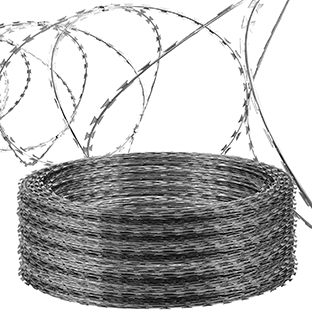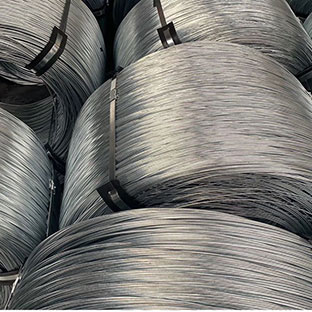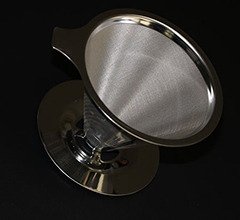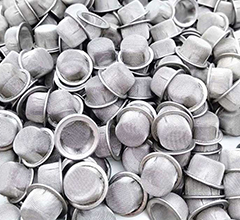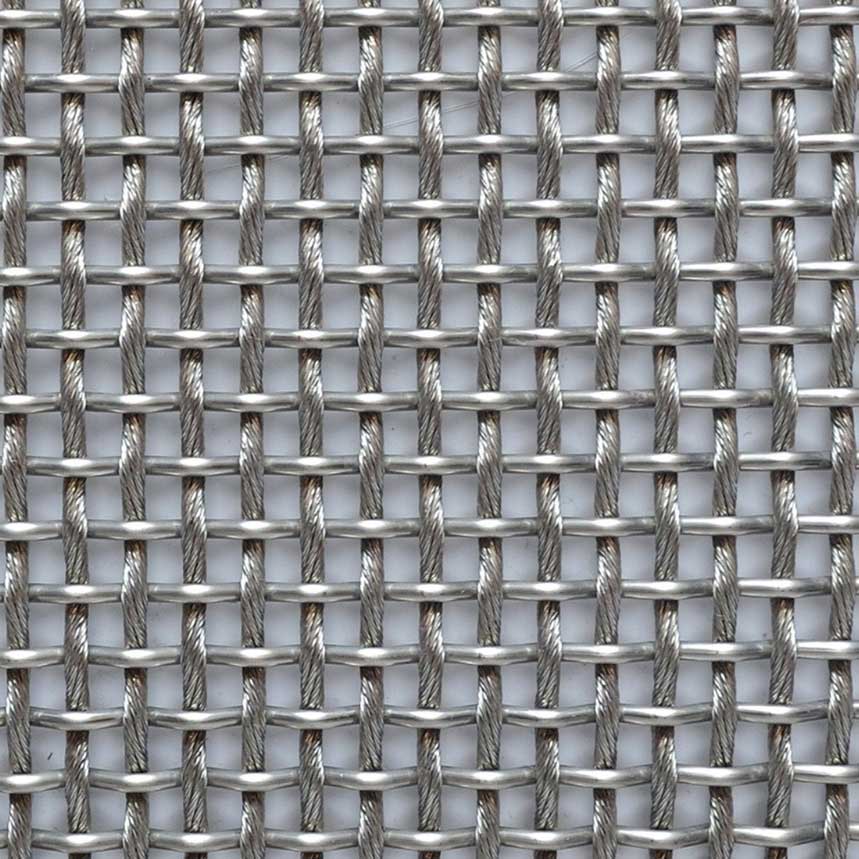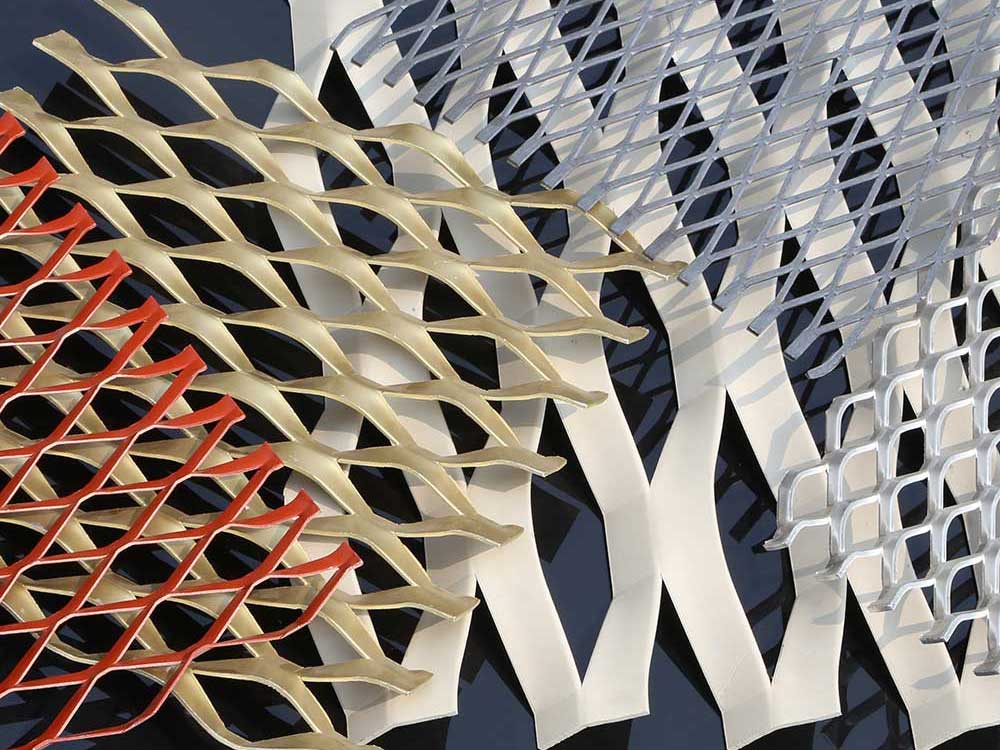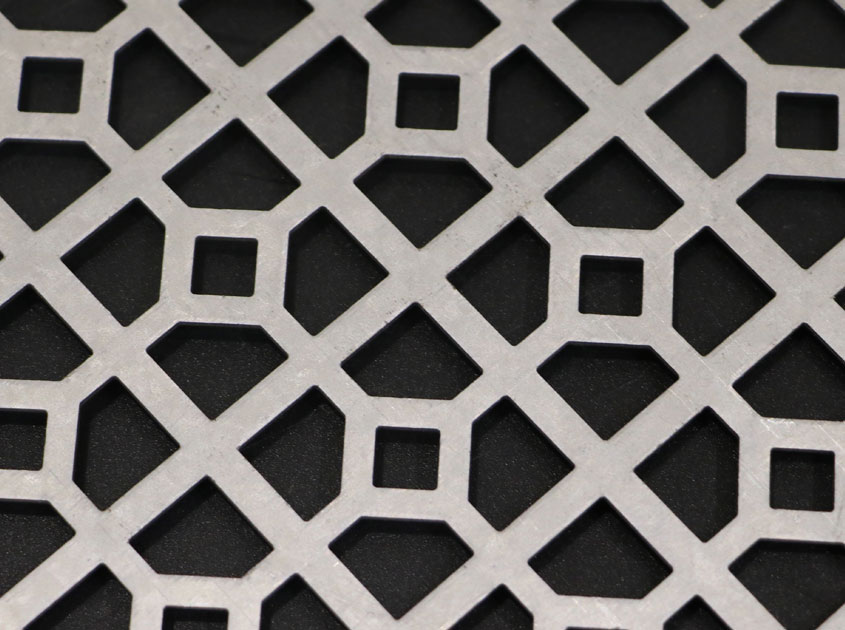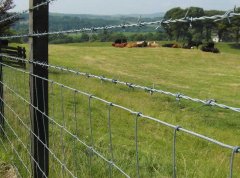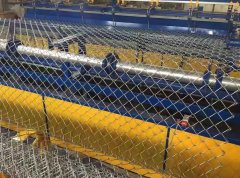There is a certain variation in egg production rate and egg weight throughout the laying period of laying hens.
The first pattern of laying eggs: pre-production period: the pre-production period means that the laying hens start from laying eggs until the egg production rate reaches 80%. The pre-laying period of the laying hens is from the beginning of 21 weeks to the end of 28 weeks. There are a few varieties of laying hens that will be moved to 19-23 weeks of age at the start of production and the peak of laying. This time is characterized by a rapid increase in egg production rate, which is about 20%-30% per week. The weight and egg weight of laying hens are also increasing. The average weight can increase by 30-40 per week, and the egg will increase by 1.29 per week.
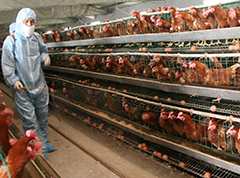
The second rule of laying eggs: peak egg production: The peak egg production period means that the egg production rate of the chickens has reached 80%. The egg production rate at the 80% egg production rate to the highest peak is still rising very fast, usually 92%-95% in 3-4 weeks. More than 90% of the egg production rate can generally last for 10-20 weeks, and then slowly decline. When the egg production rate drops below 80%, the laying period of the laying hens is over. Here, the egg cage manufacturer reminds the farmers that because the laying hens need to consume more nutrients during the peak laying period, the farmers must add the hens in time when feeding the hens. A variety of nutrients to avoid the lack of nutrition caused by the egg-free peak period.
The third law of laying eggs: late egg production: laying hens from the average weekly egg production rate of less than 80% to chicken flocks, known as the laying stage of laying hens, usually refers to 60-72 weeks of age, then The laying rate of laying hens is much lower than that during the peak period.


.jpg)




.png)






































